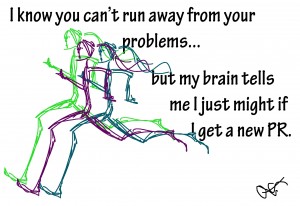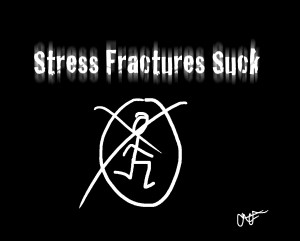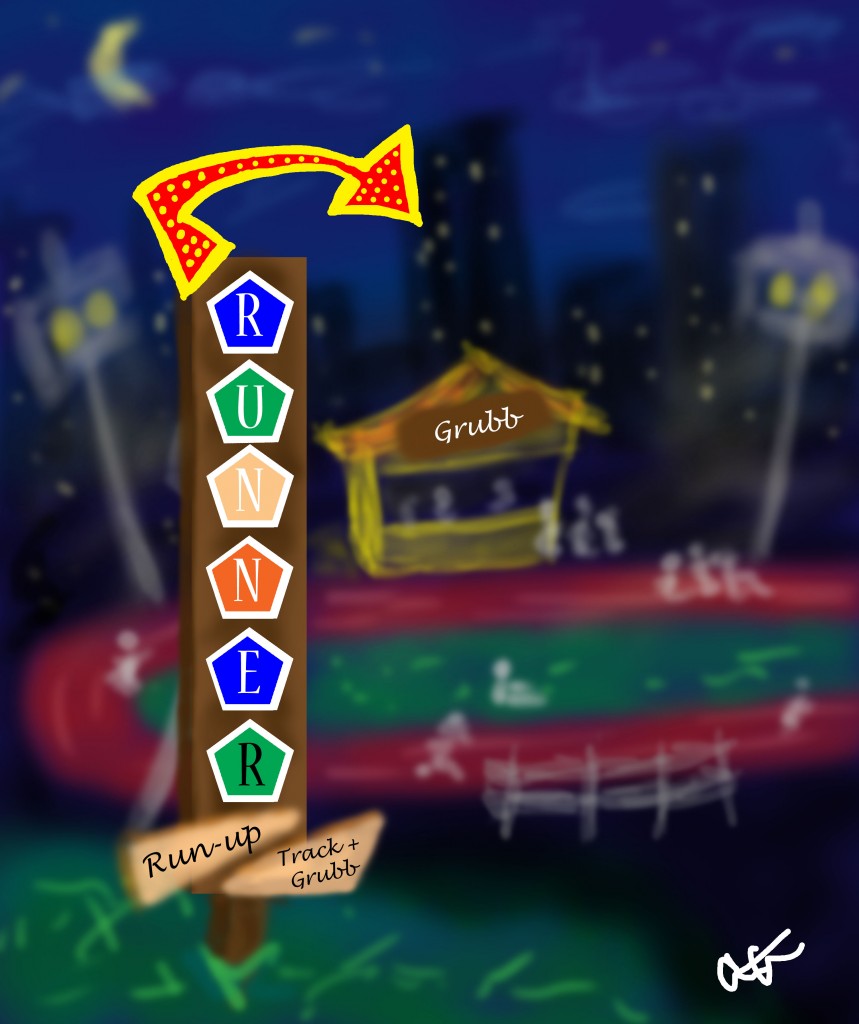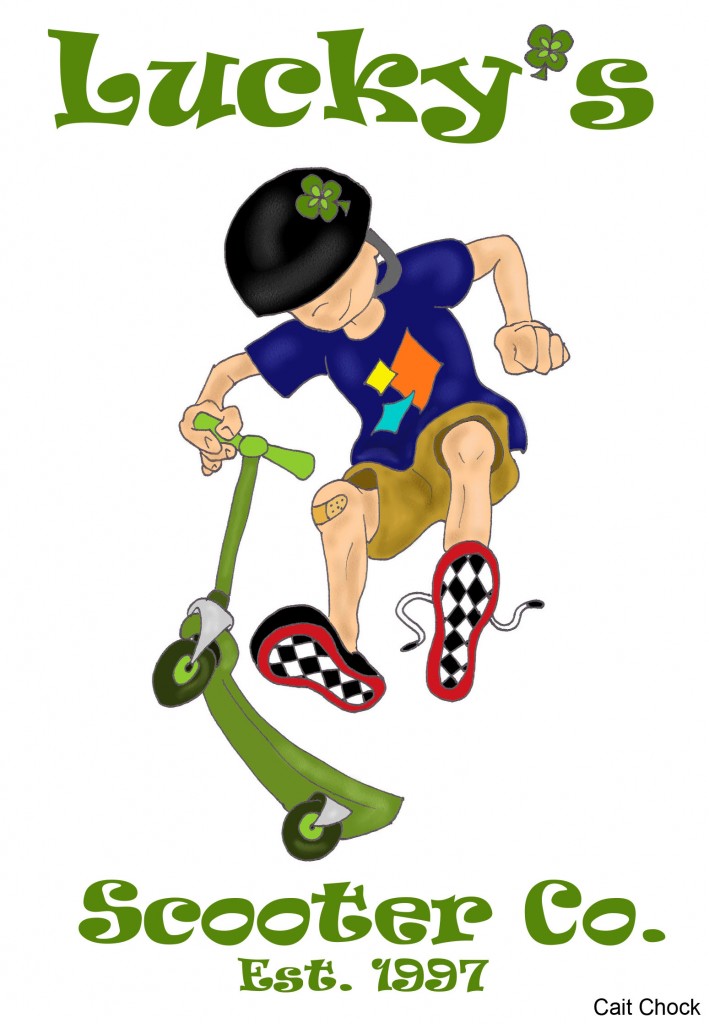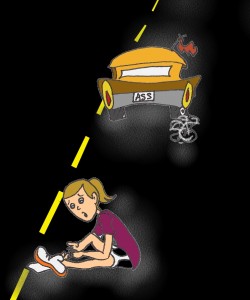Within every runner live the Yin Yang twins…the grinder and the ice-cream loving, sloth who lives to watch cartoons. We’ll call the latter the ‘recovery champ’.

While I jest, because it’s not just ice cream they love but pizza, donuts, burritos, french toast [insert runger fantasies here], there is truth to it.
In order to run hard you’ve got to allow your body to recover just as ‘hard.’ It often takes runners awhile to learn this, often the hard way. Typically everyone goes through the stage where they race every run, a run doesn’t count unless you’ve maxed out, right?! 😉 While this usually leads to improvement in the short term, eventually going hard every day will lead down the road of an injured, over-trained, mess.
Without adequate recovery you’ll be too tired to actually run fast. Easy days are important, as are other ways to speed up your recovery. In order to NAIL the days that count, your hard workouts and races, you’ve got to ensure your muscles are able to rebuild and repair themselves between hard sessions.
So there IS an excuse to laze around in your sweats and hit up a Netflix marathon. 😉 Recovery is more than just an easy day too, for most mortal runners of the world running isn’t your job so lifestyle choices and how you spend the non-running hours of your day will play a big role in your ability to recover.
Even for the elite runners, they are continually looking for ways to improve their recovery…because chances are there is ALWAYS room for improvement somewhere.
Take a look at your own habits and look for areas you know you could be better at. I’ve made a handy little checklist to give you some ideas of where to start:
* Make sure your easy days COUNT: rely on effort, don’t wear a watch if you have to, you should be able to hold a conversation between breathes on these runs.
* Proper Workout Scheduling: every runner needs to learn their body and how many hard workouts they can handle in a week. As we age we need to learn how to adjust, that may mean turning your ‘week’ into a 10 day cycle.
* Cross Training: I did a whole post HERE about how to maximize training if you know your body can’t handle too many running miles. Cross training on your easy days or as a ‘second run’ can help keep you healthy and allow for an ‘easier’ workout for recovery purposes.
* 30 Minute Refuel: eat a combo of protein and carbs IMMEDIATELY after your runs…especially your hard workouts. Miss this window and recovery rates drop upwards of 60%.
* Nutrition: eating to perform means opting for quality foods, timing them around when you run, and ensuring you get enough nutrients. This means protein, carbs, healthy fats, and overall enough calories to fuel your training demands. Eating to perform also means LIVING, if you’re training hard enough and want a freaking donut, you’ve earned it. Balance comes into play, so I’ll use the analogy of a silo. Fill your body with all the quality nutrients first, then any extra ‘energy demands’ needed to fill the rest of the silo should be up to you. A world without french toast is a dark one.
* Self massage: whole post on that HERE, flush out that lactic acid, keep your body knot-free.
* Hydrate: this is incredibly important regardless of the season, obviously hotter weather requires you to hydrate more and with electrolytes but even in a snow storm you’re losing moisture. Drinking after massage is also important to flush out all that ‘junk’ worked out of your muscles.
* Stretching: tied into self-massage, stay loose, limber, and avoid injuries.
* Time on Your Feet: it’s draining on your legs and energy-zapping, if your job requires you to do lots of ‘work’ know that you may need to adjust your training or learn how it affects you.
* Time on your butt: yea it’s important to rest, BUT office jobs can lead to problems too…too much sitting leads to weak glutes, tight hamstrings, and reduced blood flow. Not good for recovery, so be sure to move around and at least walk around a bit between Netflix marathons.
* Sleep: while I may leave this one for last, this is HUGE!! Sleep is when the body REALLY restores and repairs itself. Skimping on sleep will hamper your recovery, professional runners guard their sleep time and usually take naps too. Make sleep a priority. For those with sleeping problems and insomnia (ugh, join the party!) look for ways to improve the situation or figures out what can sometimes help. Restless nights add up to tired legs and eyebags. 😉
I think that’s a solid list of ways to improve your recovery habits. Start cracking! To let that grinder perform at it’s best, that recovery-er needs to be doing it’s job right too! 😉
—–
New ART is listed and available for prints on my page there…restructured to make things a little easier. As always, anything not shown, email me a request and I’ll get you a print.
—-
1) What are some ways you make recovery a priority?


